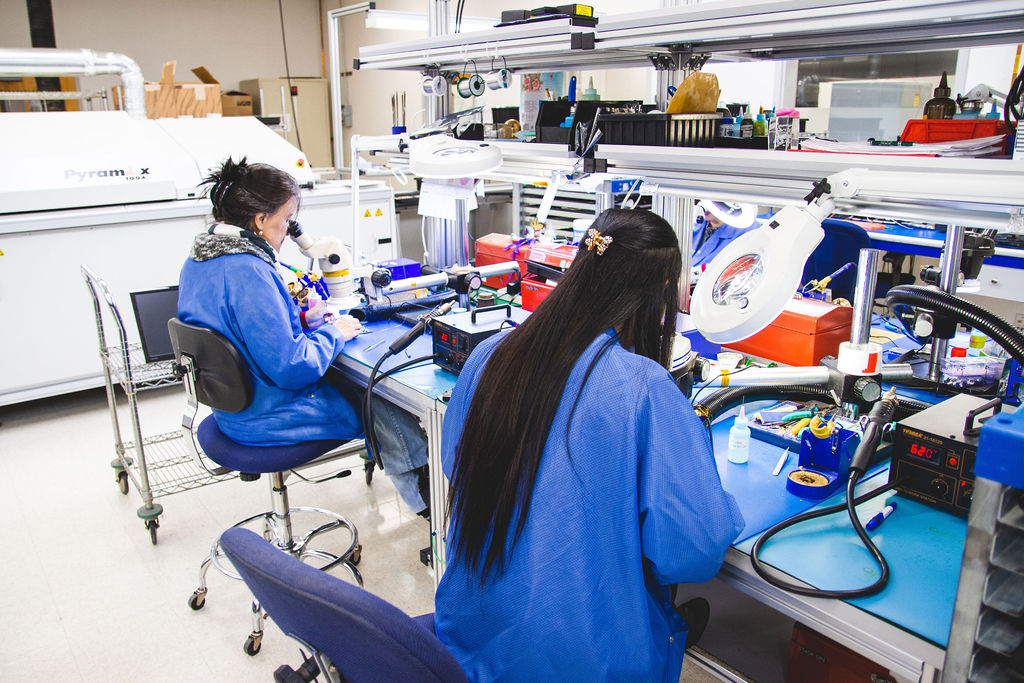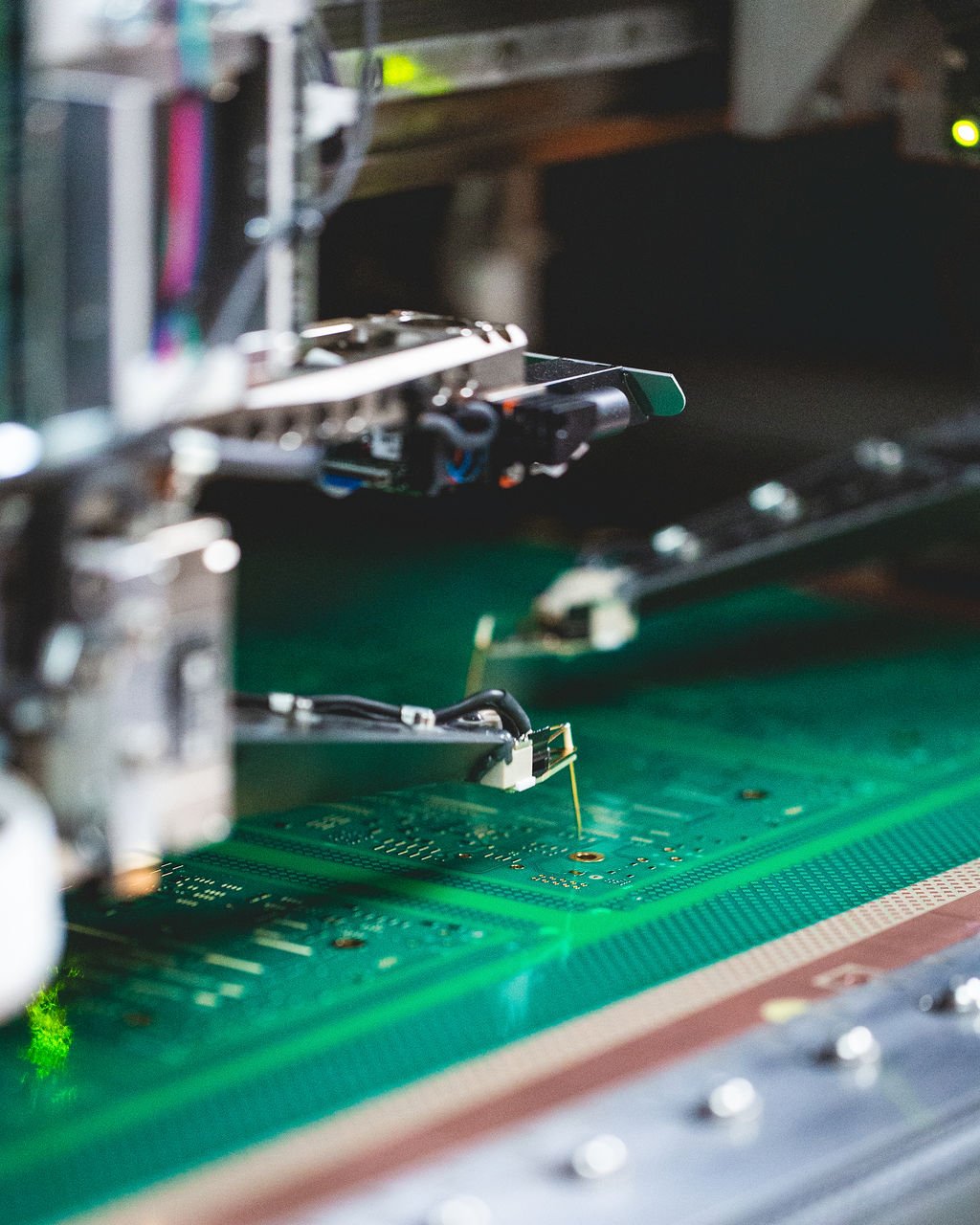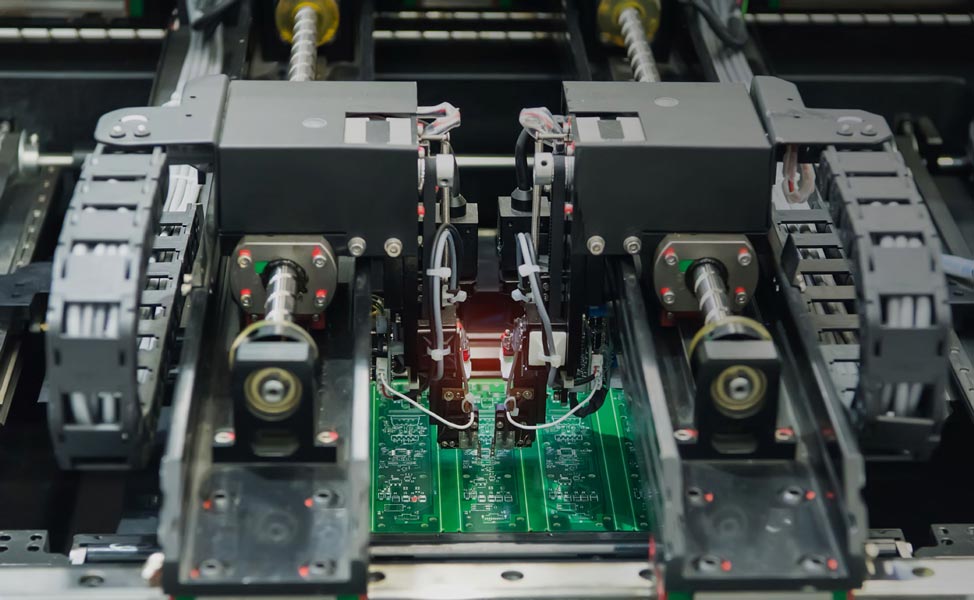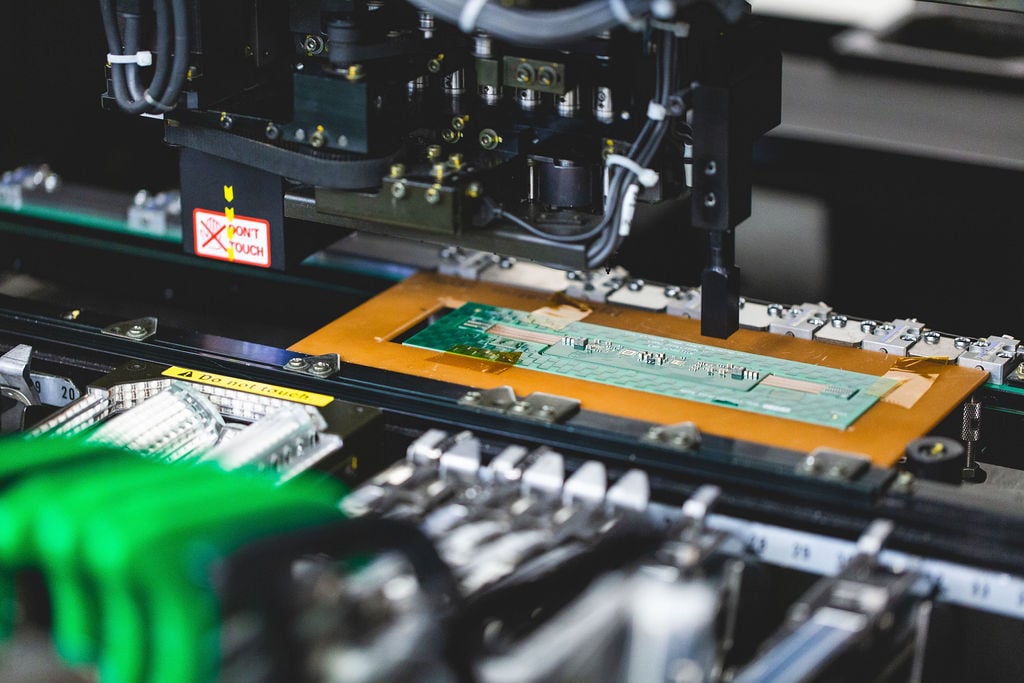What is High Tg PCB?
Tg refers to the high heat resistance in PCB raw materials. Here’s a useful guide to classifying printed circuit boards based on temperature resistance:
- Standard copper-clad laminate PCBs: Between 130°C and 140°C
- Middle Tg PCBs: Greater than 150°C
- High Tg PCBs: Greater than 170°C with a typical range of 180°C to 225°C
There are many materials, such as rigid and flex polyimide material, with an average Tg of 220°C. Hydro-carbon ceramic-filled substrate has a temperature greater than 280°C and Teflon-based laminates have a temperature of >300*C.





